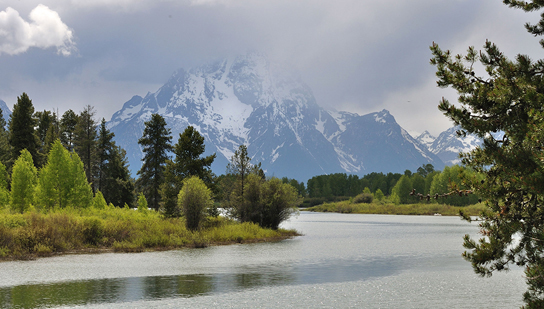| << Chapter < Page | Chapter >> Page > |
The Migratory Bird Treaty Act (MBTA) is an agreement between the United States and Canada that was signed into law in 1918 in response to declines in North American bird species caused by hunting. The Act now lists over 800 protected species. It makes it illegal to disturb or kill the protected species or distribute their parts (much of the hunting of birds in the past was for their feathers). Examples of protected species include northern cardinals, the red-tailed hawk, and the American black vulture.
Global warming is expected to be a major driver of biodiversity loss. Many governments are concerned about the effects of anthropogenic global warming, primarily on their economies and food resources. Since greenhouse gas emissions do not respect national boundaries, the effort to curb them is an international one. The international response to global warming has been mixed. The Kyoto Protocol, an international agreement that came out of the United Nations Framework Convention on Climate Change that committed countries to reducing greenhouse gas emissions by 2012, was ratified by some countries, but spurned by others. Two countries that were especially important in terms of their potential impact that did not ratify the Kyoto protocol were the United States and China. Some goals for reduction in greenhouse gasses were met and exceeded by individual countries, but, worldwide, the effort to limit greenhouse gas production is not succeeding. The intended replacement for the Kyoto Protocol has not materialized because governments cannot agree on timelines and benchmarks. Meanwhile, the resulting costs to human societies and biodiversity predicted by a majority of climate scientists will be high.
As already mentioned, the non-profit, non-governmental sector plays a large role in conservation effort both in North America and around the world. The approaches range from species-specific organizations to the broadly focused IUCN and Trade Records Analysis of Flora and Fauna in Commerce (TRAFFIC). The Nature Conservancy takes a novel approach. It purchases land and protects it in an attempt to set up preserves for ecosystems. Ultimately, human behavior will change when human values change. At present, the growing urbanization of the human population is a force that mitigates against valuing biodiversity, because many people no longer come in contact with natural environments and the species that inhabit them.
Establishment of wildlife and ecosystem preserves is one of the key tools in conservation efforts ( [link] ). A preserve is an area of land set aside with varying degrees of protection for the organisms that exist within the boundaries of the preserve. Preserves can be effective for protecting both species and ecosystems, but they have some serious drawbacks.

A simple measure of success in setting aside preserves for biodiversity protection is to set a target percentage of land or marine habitat to protect. However, a more detailed preserve design and choice of location is usually necessary because of the way protected lands are allocated and how biodiversity is distributed: protected lands tend to contain less economically valuable resources rather than being set aside specifically for the species or ecosystems at risk. In 2003, the IUCN World Parks Congress estimated that 11.5 percent of Earth’s land surface was covered by preserves of various kinds. This area is greater than previous goals; however, it only represents 9 out of 14 recognized major biomes and research has shown that 12 percent of all species live outside preserves; these percentages are much higher when threatened species are considered and when only high quality preserves are considered. For example, high quality preserves include only about 50 percent of threatened amphibian species. The conclusion must be that either the percentage of area protected must be increased, the percentage of high quality preserves must be increased, or preserves must be targeted with greater attention to biodiversity protection. Researchers argue that more attention to the latter solution is required.

Notification Switch
Would you like to follow the 'Concepts of biology' conversation and receive update notifications?